Congestion begins to increase again at US West Coast ports
The number of ships moored in San Pedro Bay waiting to enter the ports of Los Angeles and Long Beach has begun to increase again.
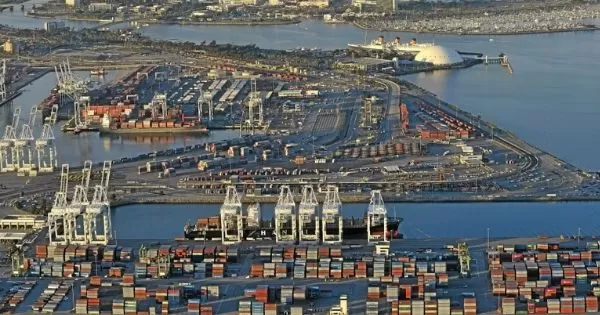
Port of Long Beach, West Coast of the United States (Photo: Jeff Gritchen)
Mid-July data from the Maritime Exchange in the region showed more than 20 vessels moored waiting for berths - reflecting an increase in imports from China following a pause in June, when only 10 Container ships are waiting in the Gulf. The suspension coincides with the closure of several major areas of the Yantian port export hub in South China, causing significant disruption to global container shipping.
Newly released results for June show that, in June, the Port of Los Angeles operated 82 container ships with a capacity of 876,430 TEU. It was the busiest June in the port's history - and up nearly 27% from June 2020, when cargo volumes fell due to the pandemic.
Shipping has become a major issue, as supply chain disruptions continue. Carl Bentzel, a Commissioner at the Federal Maritime Commission, was quoted in the mainstream Washington Post as saying: "I am extremely concerned now about the economic impact caused by the current situation. This could be the first time the public sees the impact of maritime shipping disruption since World War II."
This comes at a time when cargo interests lobbyists, in Washington, DC, are pushing the U.S. Congress to review the carrier's actions, including expediting the return empty containers to Asia, instead of supplying them to exporters in the US.
Data from the Port of Los Angeles offers a recent perspective. A mid-July report found the average time at berths is six days for container ships, as opposed to mid-June which is typically four or five days (and sometimes as low as three).
The latest issue of the McCown Report, which details year-over-year container throughput, notes that overall, the top US container ports saw a 32.5 percent increase in imported goods trade by container in June, down from the previous month's 52.2%. McCown, who has four decades of management experience in the container business, has noted that most of the growth has occurred at ports in the Gulf region and the US East Coast.
Additionally, he commented that: “The data and news reports indicate that shippers are electing to switch containers ultimately destined for eastern points to East Coast ports in an attempt to avoid congestion issues that have been most visible at West Coast ports.”
This shift from the West Coast, to the Gulf/East Coast, closer to the majority of US consumers, is part of a long-term trend that began in 2016 when the Panama Canal expanded. McCown notes that direct rail shipping to Eastern destinations after the container is unloaded (from Asian countries) at West Coast ports will be faster than full ocean freight to All water route, he said: “The recent congestion issues may have shippers rethinking their routing preferences, as East Coast/ Gulf Coast were less impacted and some also have more room to grow.”
He also mentioned the challenge for shippers in terms of “the carbon emissions of their freight related activities”. This could also lead to shippers switching to full ocean freight services to reach the Gulf region and the East Coast of the United States, he said.
Read more:
Source: Phaata.com (According to SeatradeMaritime)
Phaata.com - The first logistics marketplace in Vietnam
► Where Shippers & Forwarders connected fast!









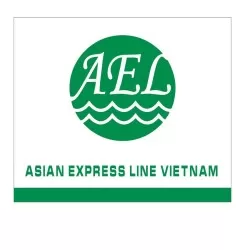













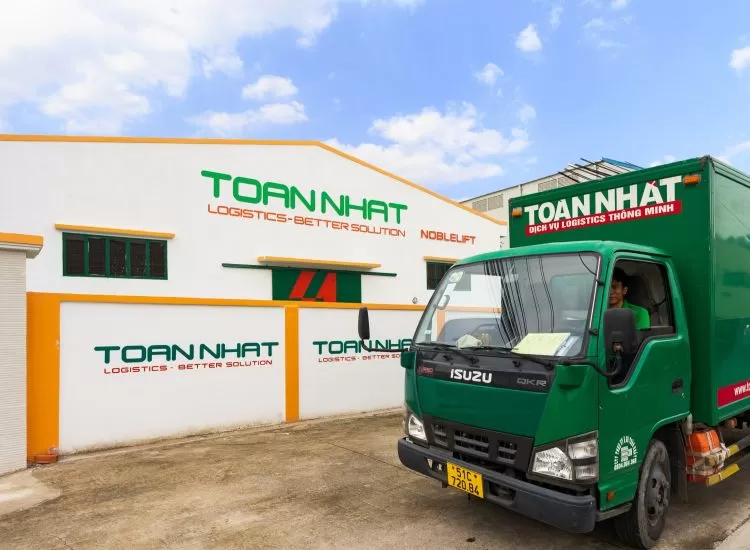
.webp)
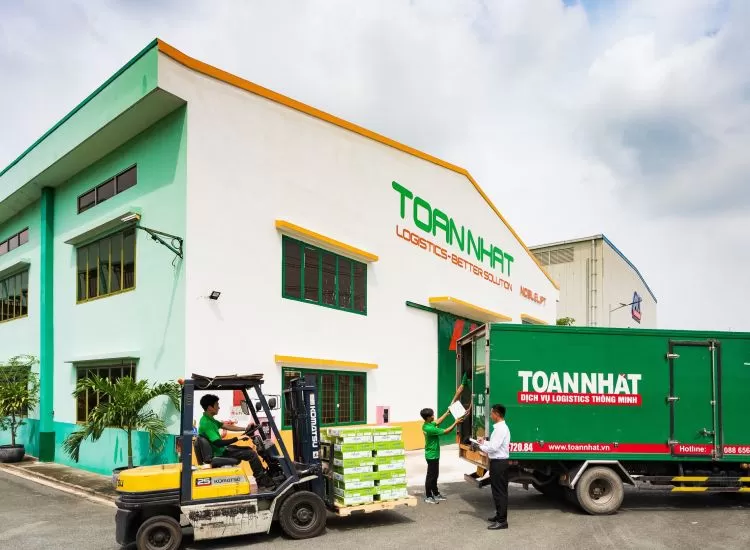
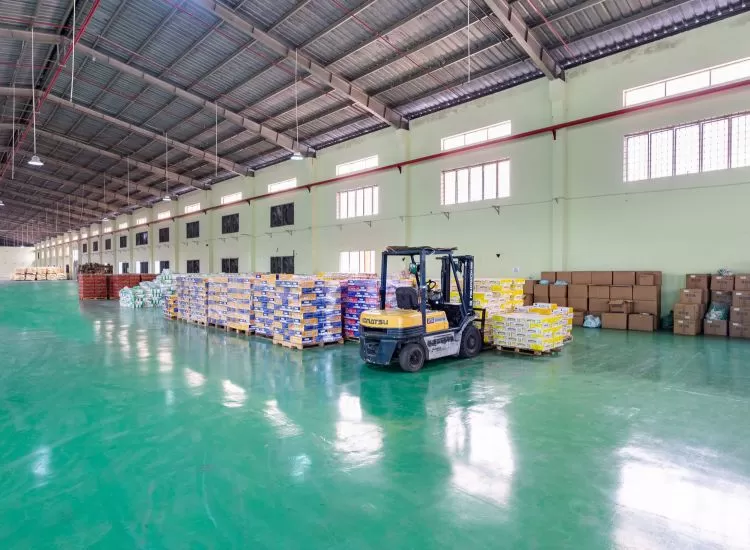

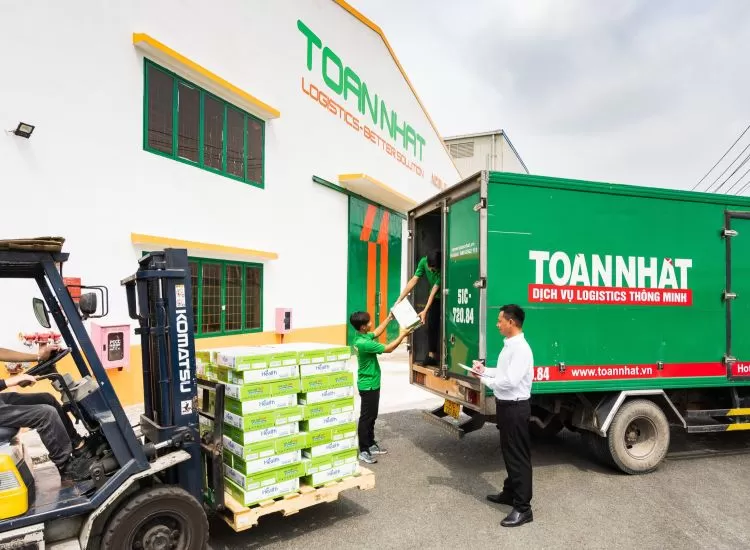
.webp)
.webp)

.webp)
.webp)
.webp)





.webp)
